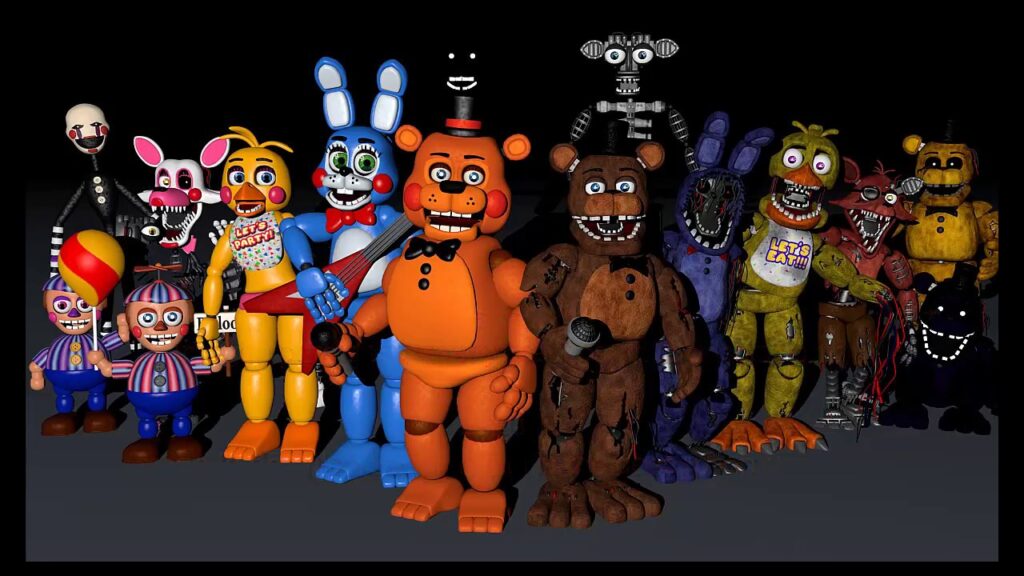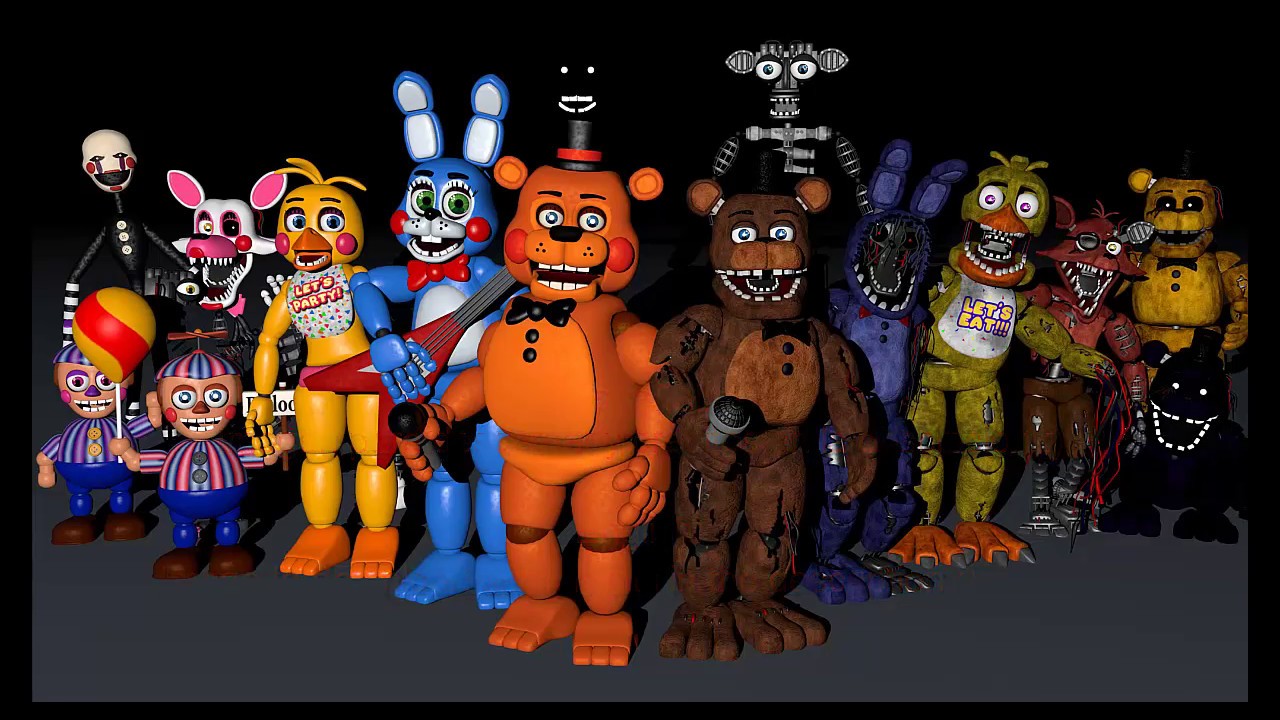
All Animatronics: A Comprehensive Guide to Robotic Entertainment
Animatronics, a fascinating blend of animation and electronics, has revolutionized the entertainment industry. From theme park attractions to blockbuster movies, animatronics bring fantastical creatures and realistic characters to life. This guide explores the history, technology, applications, and future trends of all animatronics, providing a comprehensive overview for enthusiasts and professionals alike.
A Brief History of Animatronics
The concept of automated figures dates back centuries. Early examples include intricate clockwork mechanisms in ancient Greece and elaborate automatons during the Renaissance. However, modern animatronics as we know them began to take shape in the 20th century, largely thanks to Walt Disney.
Disney’s Enchanted Tiki Room, which opened in 1963, is often credited as the first major animatronic attraction. These singing birds and floral arrangements captivated audiences and paved the way for future innovations. Following the success of the Tiki Room, Disney developed more sophisticated animatronic figures for attractions like Pirates of the Caribbean and the Haunted Mansion, setting a new standard for immersive entertainment.
The Technology Behind Animatronics
Creating realistic and engaging animatronics requires a combination of mechanical engineering, electronics, and artistry. Here’s a breakdown of the key components:
- Skeletal Structure: The internal framework of an animatronic figure is typically constructed from metal or plastic. This structure provides support and allows for a range of movements.
- Actuators: These are the muscles of the animatronic, responsible for generating motion. Common types of actuators include pneumatic cylinders (powered by compressed air), hydraulic cylinders (powered by fluid), and electric motors. Electric motors are becoming increasingly popular due to their precision and efficiency.
- Control Systems: Sophisticated control systems, often involving microcontrollers and sensors, coordinate the movements of the actuators. These systems allow animatronics to perform complex actions and respond to external stimuli. Programming plays a crucial role in defining the behavior of the animatronic.
- Skin and Aesthetics: The outer layer of an animatronic figure is crucial for creating a realistic appearance. Materials like silicone, latex, and foam are commonly used to create flexible and lifelike skin. Artists meticulously sculpt and paint these materials to achieve the desired level of detail.
Types of Actuators
The choice of actuator depends on the specific requirements of the animatronic. Pneumatic actuators are often used for rapid, powerful movements, while hydraulic actuators are suitable for heavy lifting. Electric motors offer precise control and are ideal for subtle movements and facial expressions.
Advancements in Materials
The development of new materials has significantly improved the realism and durability of animatronics. Silicone, for example, offers exceptional flexibility and resistance to wear and tear. Advances in 3D printing have also enabled the creation of complex and intricate animatronic components with greater precision.
Applications of Animatronics
Animatronics has found applications in a wide range of industries, including:
- Theme Parks: As mentioned earlier, theme parks are a major user of animatronics. Attractions like Disney’s Pirates of the Caribbean and Universal Studios’ Jurassic Park rely heavily on animatronic figures to create immersive experiences.
- Movies and Television: Animatronics has been used in countless films and TV shows, often as a substitute for or complement to CGI. Creatures like the dinosaurs in Jurassic Park and characters in The Dark Crystal were brought to life using animatronic technology.
- Museums and Educational Exhibits: Museums often use animatronics to create engaging and informative exhibits. For example, dinosaur exhibits may feature animatronic dinosaurs that move and roar, bringing the prehistoric world to life.
- Retail and Advertising: Animatronics can be used to attract attention and create memorable experiences in retail settings. Animated displays and interactive characters can help to promote products and engage customers.
- Medical Training: Highly realistic animatronic mannequins are used in medical training to simulate various medical conditions and procedures. These mannequins can breathe, bleed, and respond to treatment, providing valuable hands-on experience for medical students and professionals.
The Future of Animatronics
The field of animatronics is constantly evolving, driven by advancements in robotics, artificial intelligence, and materials science. Here are some of the key trends shaping the future of animatronics:
- AI Integration: Integrating AI into animatronics will allow them to respond more intelligently and naturally to their environment. AI-powered animatronics could learn from interactions, adapt to changing situations, and even engage in basic conversations.
- Enhanced Realism: Researchers are constantly working to improve the realism of animatronics. This includes developing more lifelike skin materials, refining movement algorithms, and incorporating subtle details like blinking and breathing.
- Miniaturization: Advances in micro-robotics are making it possible to create smaller and more intricate animatronic figures. This could lead to new applications in areas like medicine and entertainment.
- More Affordable Animatronics: As technology advances, the cost of creating animatronics is decreasing. This makes it more accessible to smaller businesses and individuals. [See also: DIY Animatronics Projects]
Ethical Considerations
As animatronics become more sophisticated, it’s important to consider the ethical implications of their use. For example, should animatronics be used to deceive or manipulate people? What are the potential risks of using AI-powered animatronics in sensitive environments? These are important questions that need to be addressed as the technology continues to develop.
Notable Animatronic Projects
Several animatronic projects stand out for their innovation and impact. These include:
- Free Willy (1993): The whale used in the film was largely animatronic, creating a realistic and moving portrayal.
- The T-Rex from Jurassic Park (1993): A groundbreaking achievement in animatronics, this realistic dinosaur set a new standard for creature effects.
- Various Disney Park Animatronics: From the Haunted Mansion to the Hall of Presidents, Disney’s animatronics are renowned for their intricate designs and seamless integration into attractions.
Conclusion
Animatronics is a dynamic and exciting field with a rich history and a promising future. From its humble beginnings in theme parks to its current applications in movies, museums, and medicine, animatronics has consistently pushed the boundaries of technology and artistry. As AI, robotics, and materials science continue to advance, we can expect to see even more impressive and innovative animatronic creations in the years to come. The evolution of all animatronics is a testament to human ingenuity and the enduring power of imagination.

